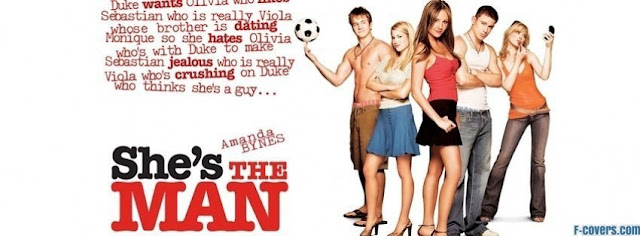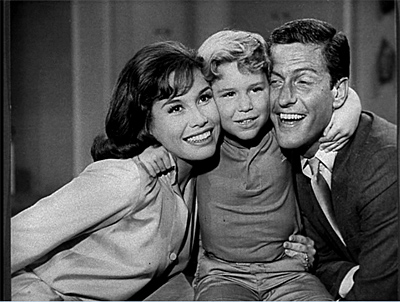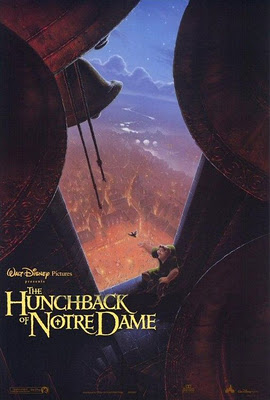 |
| Everybody has a secret … |
The first time I saw She’s the Man, I was in the middle of a 23-hour band trip bus ride, and probably in the first stages of delirium. I had low expectations for the movie, and even lower expectations for what remained of my sanity—and yet, when one of the chaperones popped in the She’s the Man DVD, I found myself loving it. I was sitting next to my best friend and varsity soccer teammate, and we were both loopy enough from extended time on the road to enjoy the goofier moments of the movie while still reveling in the extended soccer scenes. Still, I wasn’t sure what to expect when I returned to the movie seven years later to examine its depiction of high school sports—watching Amanda Bynes change clothes and genders on a Spin the Apple carnival ride can only be funny so many times, right? (Wrong—I will never not laugh at that scene.) But whether the rest of the movie would uphold the integrity of the female athlete was a different story altogether.
 |
| Justin and the rest of the Cornwall boys. You’re gonna regret this, bro. |
Like that other
perennial high school favorite set on an unbelievably beautiful campus,
She’s the Man is based loosely—
loosely—on Shakespeare, in this case
Twelfth Night. Bynes plays Viola Hastings, a high school soccer star, living out the last days of summer playing the beautiful game with beautiful people, including her boyfriend Justin (Robert Hoffman), on the beach. But the start of school brings unwelcome surprises: in the first ten minutes of the movie, Viola and her teammates discover that their school, Cornwall Prep, has eliminated the girls soccer team, leaving them without a way to showcase their skills for prospective college scouts. (Viola harbors dreams of wearing the Carolina blue at UNC Chapel Hill, no doubt a nod to the women’s soccer legends like Mia Hamm and Kristine Lilly, among others, who played there.) If this were a very different movie, Viola would have brought a Title IX claim against Cornwall, and we would have been treated to courtroom montages instead of training scenes. But Viola takes a different route: after Justin laughs in her face at the idea of the girls trying out for the boys’ team—and gets himself epically dumped—Viola hatches a plan to impersonate her twin brother Sebastian (secretly in London with his bandmates) at rival high school Illyria, make the boys’ soccer team there, and beat Justin at his own game. Literally.
 |
| Hell hath no fury like a girls soccer team scorned |
Complications ensue, as they must. Viola-as-Sebastian finds herself in the middle of a messy love triangle between her hunky roommate Duke (Channing Tatum, at his most bro-with-a-heart-of-gold) and Duke’s object of affection, Olivia (Laura Ramsey), who begins falling for “Sebastian” during intimate chats over dissected animals in science lab. Circling this sticky wicket are Monique (Alexandra Breckinridge), the real Sebastian’s horrid girlfriend who refuses to be dumped, and Viola’s mother (Lynda Byrd), who cherishes dreams of seeing her little tomboy walk across the stage as a debutante. Oh, and there’s a tarantula.
Even in the midst of all the hullabaloo, the movie does manage to devote a fair amount of time to soccer. Viola tries out for the boys’ team and makes second string, after informing Coach Dinklage, played by real-life
footballer/testicle-grabber Vinnie Jones, that she is unable to play on the “skins” team in shirts v. skins because she is “allergic to the sun”—and yes, you can buy that phrase on a
hoodie. Second string, however, isn’t good enough to get Viola on the field against Cornwall, so she strikes a bargain with Duke: he’ll help her up her game enough to make first string in time for the Cornwall game, and she’ll convince Olivia to give Duke a date. They both succeed, but when the real Sebastian returns from London the night before the big game, Viola’s tangled web begins to unravel. But still—I’m sure you can guess where this is going, in the end, right down to the final game-deciding penalty kick awarded to Viola against—surprise!—Cornwall goalie Justin.
 |
| Who is that handsome fellow? |
Viola’s conquest of her gross ex is facilitated through this penalty kick, on a pitch where the winners and losers are clearly delineated. This isn’t a symbolic victory: Viola literally puts the winning point on the board. Unlike the weak, intolerable Monique, who is destined to storm in and out of scenes in a constant state of prissy frustration, Viola uses soccer to transcend her status as a girl, which otherwise would mark her as an idolized object of desire (Olivia), a walking punchline (her unfortunately headgeared classmate Eunice), or tokens of sexual conquest (her former teammates Kia and Yvonne, who pretend to be her desperate exes to increase her cred with the Illyria boys). Through her athletic talent, Viola gets to vanquish the boy who insulted and belittled her on a playing field where the subsequent victors are easily recognizable.
 |
| Amanda Bynes as Viola in She’s the Man |
Interestingly, although Justin almost immediately becomes the villain who Viola must overcome, it didn’t start out that way. In fact, the first lines of the movie are Justin’s, emphatically celebrating Viola’s goal during the beach soccer game, before telling her that she’s better than half the guys on his team. Here is a perfect example of the affirming boyfriend that sunny, sassy Viola deserves. It’s only when Viola threatens to encroach on Justin’s (literal) turf that he changes his tune, agreeing with Cornwall coach Pistonek that girls can’t play sports at the same level as boys. Obviously we’re meant to revel in the downfall caused by his misogyny, and I certainly did, but we’re also meant to celebrate the willingness of Duke—and Coach Dinklage—to give Viola a spot on the team despite her gender once she’s found out. Yet I find myself unable to believe that the eminently “no homo” Duke we met in the first half hour of the movie would have reacted any differently than Justin did, if he knew that “Sebastian” was a girl all along.
In the end, She’s the Man is ambivalent about the role of soccer in Viola’s life. On one hand, Viola does prove that she can play with the boys, and at times even exceed them. She conquers Justin and Coach Pistonek, who doubted and mocked her. But everything about her soccer career is irreparably tangled up with her relationships with boys. When she decides to impersonate her brother, she’s doing it just to stick it to Justin—no UNC Chapel Hill scouts will come to see her as a boy. Even the side volley she uses to score on Justin in the final game wouldn’t have been possible without a setup from Duke (who taught her the move in the first place).
 |
| Viola (aka Sebastian) hanging with the guys |
The last shot of the movie shows Viola and Duke together on the field in Illyria red, seemingly bearing out Coach Dinklage’s rather touching commitment to equality on the pitch. But whether this equality can be sustained long term—especially on a team of guys who were so impressed when Viola-as-Sebastian cruelly humiliated Monique in front of an entire restaurant—remains to be seen. And even if it can be, what happens to the rest of Viola’s former teammates, still stuck at Cornwall without a team or a twin brother to impersonate? Don’t they deserve a revenge penalty kick as well? For real-life Violas—and Kias and Yvonnes—the importance of Title IX protection can’t be overstated. What the movie could have done was show that all female athletes—not just the ones good enough to play with the boys—deserve their day on the pitch. Perhaps there will be a sequel—She’s the Man: Title IX Lawsuit. Now that’s a sports movie I would pay to see.
Caitlin Moran is a textbook editor with a penchant for sassy footnotes. After spending many years battling Western New York winters, she now lives in Queens with a cat and too many books for her apartment. Her work has appeared in Post Road, Pleiades, Pure Francis, and the Women’s Media Center blog.













